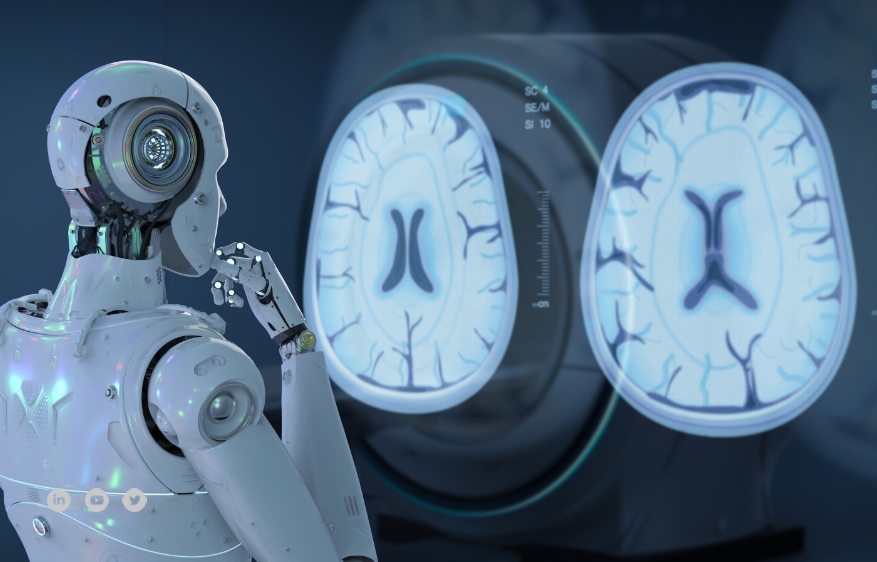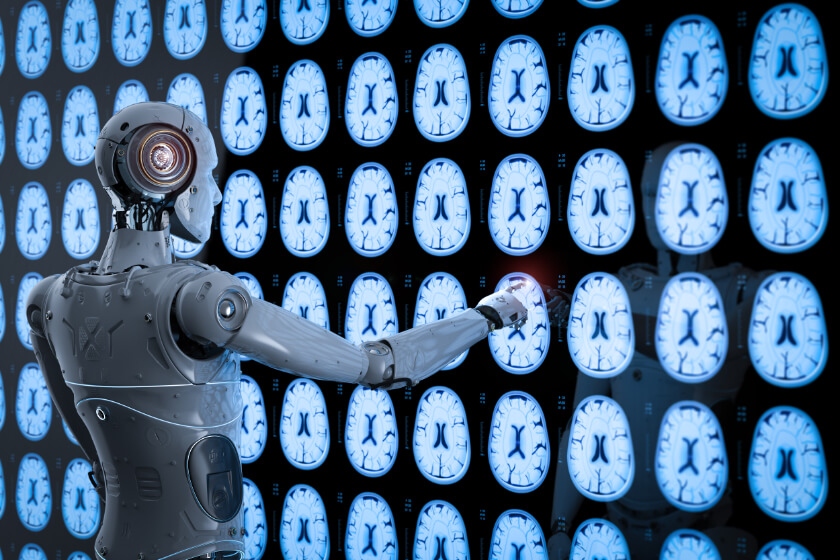Comments
- No comments found

In recent times, the field of healthcare has seen progress in technological advancements.
One noteworthy innovation is the incorporation of artificial intelligence (AI) into radiology. By utilizing AI-driven algorithms and machine learning methods, radiologists now have access to enhanced precision and efficiency in imaging. This article delves into the realm of AI radiology companies that are influencing the landscape of imaging.
A key benefit of integrating radiology AI into imaging is its capacity to elevate accuracy. Traditional interpretation of images can be subjective, resulting in discrepancies in diagnoses across radiologists. In contrast, AI-powered algorithms can rapidly and accurately process data sets, ensuring a uniform and precise analysis. Prominent radiology AI companies have developed learning models trained on extensive datasets to recognize patterns and irregularities within medical images. These models can potentially identify changes that may elude observers, facilitating early detection and intervention in critical conditions.
In addition to bolstering accuracy, AI streamlines the process by reducing time-consuming tasks for radiologists. For example, AI-driven algorithms can automate duties such as image segmentation or identification of areas within an image. Radiologists can use this automation to focus on cases that demand their expertise while letting AI systems handle tasks. This method of improving efficiency helps AI technologies speed up diagnosis times and prompt treatment initiation.
Moreover, some radiology AI solutions offer decision-making tools that give recommendations based on analyzed data. These tools serve as an opinion for radiologists, assisting them in making well-informed decisions regarding diagnoses and treatment plans. Leading figures in the industry are continuously exploring ways to enhance their algorithms and further improve workflows. They work closely with healthcare professionals who have experience in refining AI solutions and ensure integration into current diagnostic processes.
Although the potential advantages of AI in radiology are promising, there are factors that both AI radiology companies and healthcare providers need to consider. Regulations differ among regions and organizations, making compliance a top priority. Implementing and adopting AI technology effectively addresses legal and privacy issues related to handling patient data. AI radiology companies must prove compliance with data protection regulations and established standards for storing, sharing, and analyzing images.
To establish trust among healthcare providers, patients, and regulatory bodies, it is crucial to maintain transparency in the operations of AI algorithms. Providing documentation on how the algorithms were developed, the training data utilized, and the validation procedures conducted is essential for ensuring these technologies' safety, reliability, and accountability.

The advancement of medical imaging hinges on collaboration between AI radiology companies and healthcare providers. Through partnerships, developers can access a range of datasets from various medical facilities. This collaboration enhances the performance of their algorithms by exposing them to a set of cases.
In return, healthcare providers benefit from utilizing algorithms supported by clinical evidence resulting from this collaborative effort. This beneficial relationship enables both parties to achieve patient outcomes through precise diagnoses while propelling progress in medical imaging technology.
As the field continues to progress, new challenges and opportunities will emerge. Addressing issues such as integrating with electronic health records systems remains a challenge that requires attention.
Standardizing data availability across platforms can facilitate patient analyses that incorporate their complete clinical history. Furthermore, ensuring access to AI radiology solutions involves tackling infrastructure limitations in developing countries so they can harness the potential it offers.
AI technology in the field of radiology is paving the path toward a future where medical imaging becomes more precise, quicker, and efficient than before. By utilizing AI algorithms, modern radiology practices have the potential to bring about a shift in how diseases are detected and managed. However, addressing concerns, promoting collaboration among stakeholders, and encouraging widespread adoption globally are crucial steps in harnessing the transformative capabilities of AI in radiology. Looking ahead, we can anticipate that AI will increasingly play a role in enhancing care and transforming medical imaging practices on a global scale.
Leave your comments
Post comment as a guest